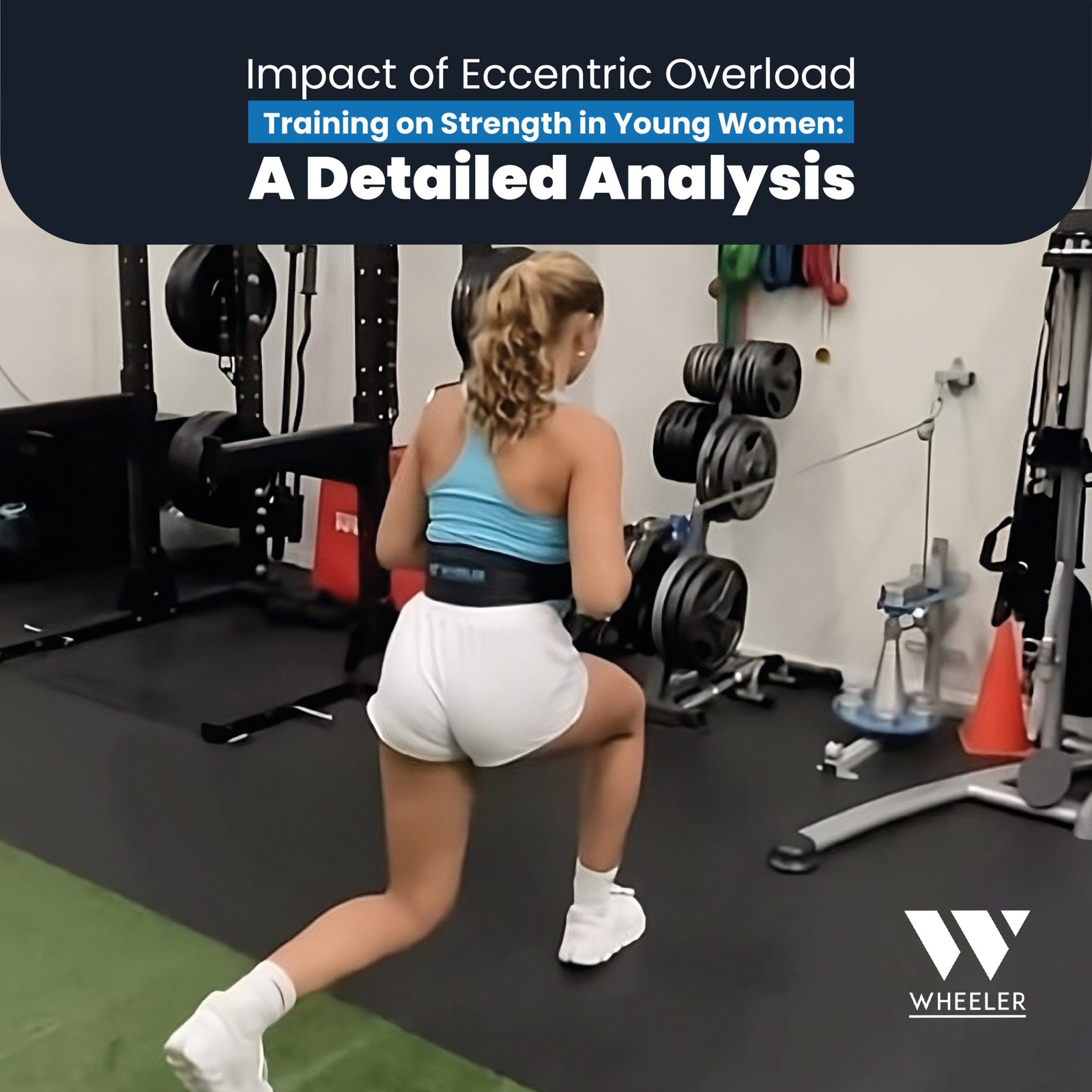Strength training has long been recognized as one of the most effective strategies for improving physical performance and body composition. In recent years, eccentric overload methods have gained increasing attention due to their benefits on strength, hypertrophy, and athletic performance. Based on my research and experience in this field, I want to explore the effects of eccentric overload training compared to traditional strength training in young women, and how this approach can significantly enhance results.
The Role of the Eccentric Phase in Strength Training
When we talk about strength training, it’s crucial to understand the difference between the concentric and eccentric phases of a movement. The concentric phase occurs when muscles contract and shorten as the weight is lifted, while the eccentric phase happens when muscles lengthen as the weight is lowered. What’s interesting here is that the body can handle heavier loads during the eccentric phase compared to the concentric one. This means we can overload the muscles more intensely during that phase, opening the door to more effective training methods.
From my experience working with athletes and recreational lifters, I’ve noticed that many people tend to overlook the importance of the eccentric phase, focusing more on the “lifting” part. However, recent research confirms what I’ve observed in practice: eccentric overload programs, where resistance is deliberately increased during the lowering phase, lead to faster improvements in strength and muscle size than traditional methods.
Effects of Eccentric Overload Training on Young Women
The study I analyzed involved young women divided into two groups: one performed traditional strength training (standard concentric and eccentric phases), and the other focused on using eccentric overload. The results were clear: the group that used eccentric overload showed significantly greater improvements in various performance parameters, including maximal strength development and the ability to handle heavy loads.
One of the areas where this difference was most evident was in the increase in strength in multi-joint exercises such as squats and deadlifts. The women who trained with eccentric overload not only improved their ability to lift heavier weights but also developed greater joint stability, which translates to a lower risk of injury—something fundamental when training for the long term.
In my professional practice, I have implemented progressive eccentric exercises into my clients’ programs, especially when they are looking to break through plateaus or need an additional stimulus to gain strength. What I have observed aligns with the results of this study: eccentric movements not only improve strength but also increase connective tissue resilience, something vital for injury prevention.
Differences in Muscle Activation and Hypertrophy
Another interesting observation from the study was the impact on muscle activation. During eccentric overload, a greater number of muscle fibers were recruited compared to traditional training. This is because fast-twitch fibers, which are most responsible for strength and muscle mass increases, are recruited more under heavy eccentric loads.
I’ve been able to observe this phenomenon in practical work with athletes and individuals looking to improve their performance or body aesthetics. By increasing eccentric tension, muscles are forced to work harder, which generates a superior stimulus for muscle growth. Additionally, the fatigue induced by this type of training is different, as it causes more muscle fiber damage, leading to a greater adaptation process and, consequently, an increase in muscle hypertrophy.
Practical Applications of Eccentric Training
So, how can we apply these findings to an effective strength training program for young women (and really for anyone looking to improve their strength)? Here are some recommendations based on both my research and experience:
- Include controlled eccentric phases: In any strength program, it’s key to incorporate a prolonged eccentric phase, ensuring the lowering of the weight is slow and controlled. This not only generates greater tension on the muscles but also improves motor control and technique in exercises.
- Use assisted eccentric overload: An effective strategy is to perform the eccentric phase with more weight than would be used in the concentric phase, which can be achieved with the help of a training partner or using specialized machines. In my experience, this can make a big difference, especially when aiming for rapid strength development.
- Be mindful of volume and recovery: Eccentric training generates more muscle damage, so it’s crucial not to overdo this type of work. Adequate recovery time is necessary to avoid overtraining and to allow muscles to adapt effectively.
Final Considerations
From my analysis and experience, I can conclude that eccentric overload training is a powerful tool for those looking to increase strength and improve performance. However, like any advanced methodology, it requires proper planning and progression. The potential for improvement in muscle strength, hypertrophy, and injury prevention makes it a valuable component in training, especially for young women who want to optimize their physical performance.
The key is to implement these concepts progressively and strategically, always tailored to individual needs. As with everything in training, individualization is essential to maximize benefits without compromising health or long-term athletic longevity.
Author


